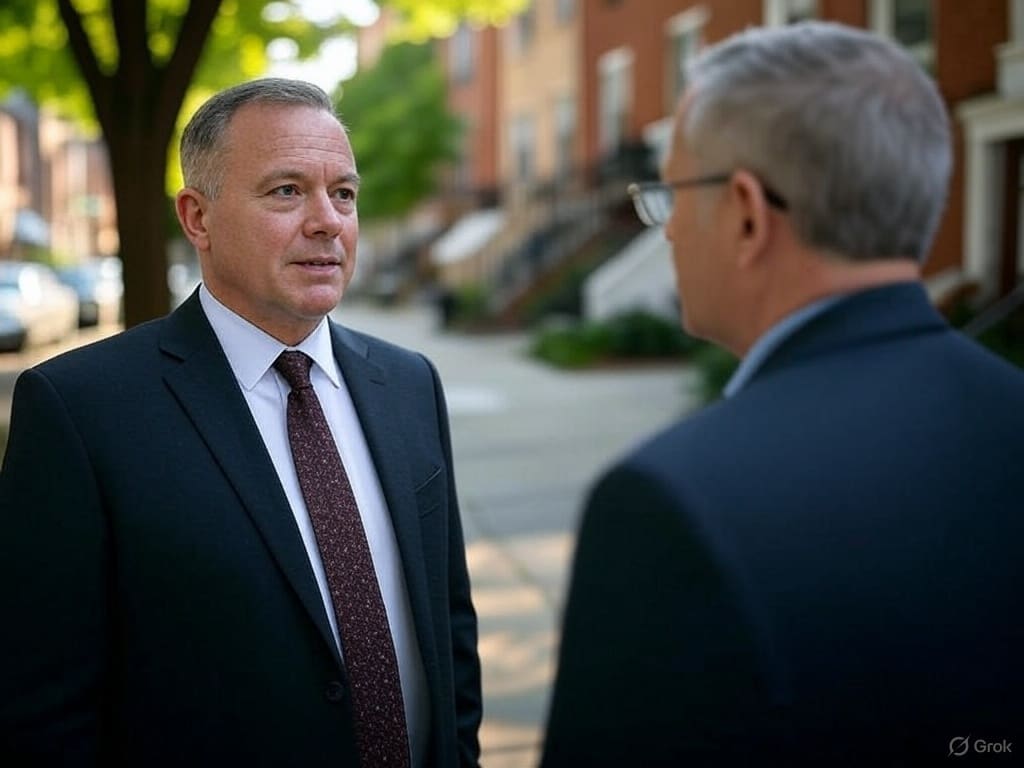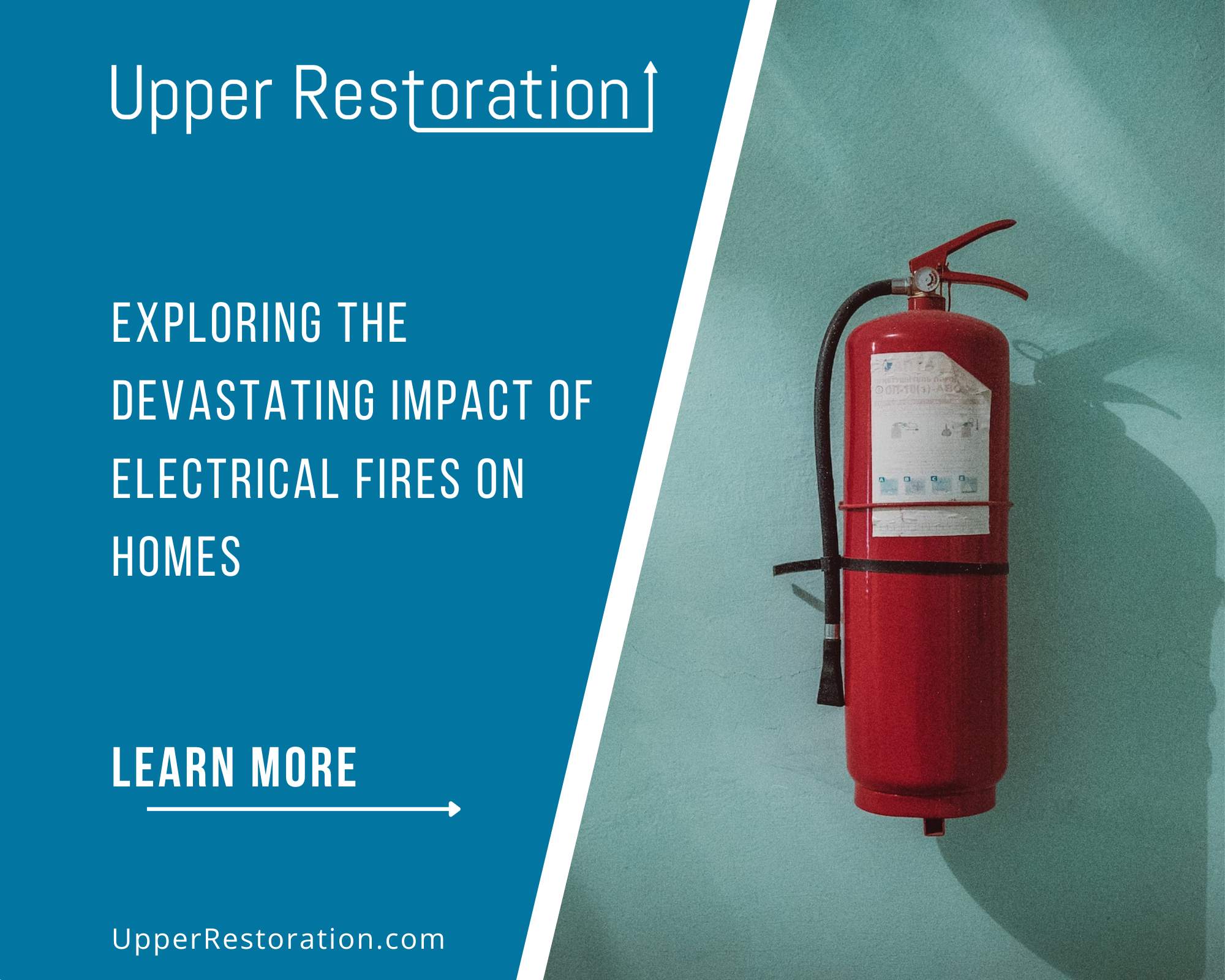Key Takeaways for Queens Residents: Owning property in Queens involves unique considerations, from managing moisture in diverse housing types (single-family homes, multi-family dwellings, apartments) to addressing potential asbestos in buildings of various ages. Understanding local NYC regulations, identifying risks specific to Queens neighborhoods like Flushing, Jamaica, or the Rockaways, and engaging licensed professionals like Upper Restoration are crucial for maintaining a safe and healthy home.
Living in Queens offers a vibrant, diverse community experience, but its varied housing landscape, proximity to water in certain areas, and mix of building ages present distinct property maintenance challenges. This guide focuses on two common issues faced by Queens homeowners – mold and asbestos – providing insights into prevention, identification, NYC-specific regulations, and professional remediation solutions from Upper Restoration, serving all five boroughs.
🦠 Tackling Mold in Your Queens Home
Mold is a frequent concern in many Queens residences, thriving in humid conditions and often appearing after water incidents like leaks, storm damage, or flooding. Prompt and proper handling is essential to prevent potential health problems and structural damage.
Common Causes & High-Risk Areas in Queens
- Humidity & Ventilation: Can be problematic across various Queens housing types, from older single-family homes in areas like Richmond Hill to apartments in Flushing or Long Island City, especially those lacking updated ventilation systems.
- Leaks: Aging infrastructure (pipes, roofs, window seals, foundations) in older homes or even issues in newer constructions can lead to hidden moisture problems.
- Water Damage Events: Burst pipes, appliance malfunctions, or storm-related water intrusion require immediate and thorough drying.
- Flooding: Coastal Queens neighborhoods, such as the Rockaways or parts of Howard Beach and Broad Channel, are particularly susceptible to flooding, creating prime conditions for mold growth if properties aren’t dried quickly and professionally.
Identifying Mold
Look for visible signs (discoloration like black, green, or white patches) and persistent musty odors. Common problem areas include basements, crawl spaces, bathrooms, kitchens, attics, closets, and around windows or HVAC systems. Learn more about How to Deal with Mold in Your House.
NYC Mold Remediation Regulations (Applicable in Queens)
Important NYC Rule: In New York City, including Queens, mold assessment and remediation must be performed by New York State-licensed professionals. Crucially, the same company cannot perform both the assessment and the remediation on the same project to avoid conflicts of interest. For larger buildings (10+ units or significant non-residential space), specific local laws regarding notification and post-remediation assessment also apply. Failure to comply can lead to significant violations and fines.
Upper Restoration’s Mold Services for Queens
Upper Restoration provides comprehensive, licensed mold services tailored to Queens properties:
- Licensed Inspection & Testing: Identifying the extent and type of mold, including in common Queens trouble spots like attics, basements, or crawl spaces. See: Identifying Dangerous Mold Species in Your Attic.
- Compliant Remediation: Following strict NYS and NYC guidelines for safe, effective mold removal and containment in homes, apartments, and commercial properties across Queens. Explore Mold Removal, Remediation, and Testing.
- 24/7 Emergency Response: Offering immediate assistance for mold issues resulting from water damage, vital for flood-prone Queens areas.
⚠️ Navigating Asbestos Risks in Queens Buildings
Many Queens buildings, particularly those constructed before the 1980s, may contain asbestos-containing materials (ACMs). When disturbed (e.g., during renovations, repairs, or due to deterioration), asbestos releases hazardous fibers linked to serious health risks, including mesothelioma.
Where Asbestos Might Be Found in Queens Homes
- Insulation: Around pipes, boilers, ductwork, and in attics/wall cavities of older single-family homes or apartment buildings. Learn about Identifying Asbestos in Your Home’s Insulation.
- Tiles: Older vinyl floor tiles (often 9×9 inches), ceiling tiles, and associated adhesives common in mid-century homes found in areas like Forest Hills or Kew Gardens.
- Other Materials: Cement board siding (prevalent on many Queens houses), roofing shingles and felt, plaster, joint compounds, and even grout in older constructions. See: Asbestos Siding: A Hidden Hazard and Protecting Your Historic Brownstone: Asbestos Grout (principles apply to historic Queens homes too).
NYC Asbestos Abatement Regulations (Applicable in Queens)
Critical NYC Requirement: Asbestos abatement in Queens is strictly regulated by the NYC Department of Environmental Protection (NYCDEP). Only NYCDEP-certified asbestos abatement contractors are permitted to perform this work. Key requirements often include:
- Conducting an asbestos survey by a certified investigator before renovations or demolitions that might disturb suspected ACMs.
- Filing advance notification with NYCDEP for regulated abatement projects.
- Implementing rigorous containment measures (sealed work areas, negative air pressure).
- Performing air monitoring during and after abatement to ensure safety.
- Adhering to specific protocols for handling and disposing of ACMs.
Non-compliance carries severe penalties, including stop-work orders and fines.
Upper Restoration’s Asbestos Services for Queens
Upper Restoration offers certified and experienced asbestos services crucial for Queens homeowners:
- Certified & Compliant Abatement: Employing licensed professionals who strictly adhere to all NYCDEP regulations. See: Services – Asbestos Abatement and Removal.
- Specialized Expertise: Possessing experience with the diverse building types found in Queens, from single-family homes to large multi-unit dwellings, including potentially historic structures. See: Asbestos Removal in Historical Buildings.
- Prioritizing Safety: Implementing robust safety protocols to protect occupants, workers, and the public. Understand the risks: Asbestos Insulation and Mesothelioma.
- Emergency Availability: Offering 24/7 response for urgent situations involving potential asbestos exposure or disturbance.
🏘️ Queens Neighborhood Considerations
While mold and asbestos can be borough-wide issues, specific Queens neighborhoods may warrant particular attention:
- Flushing & Jamaica: Feature a dynamic mix of older and newer construction. This means potential asbestos in older buildings alongside possible moisture/mold issues related to varying construction standards or density in newer ones.
- Astoria & Long Island City: High concentration of apartment buildings (both old and new) where shared plumbing or structural elements can sometimes facilitate the spread of water damage. Older buildings may contain ACMs, and ventilation can be a factor in mold growth in any age building.
- The Rockaways, Howard Beach, Broad Channel: Coastal areas highly prone to flooding, significantly increasing the risk of widespread water damage and subsequent mold growth if properties are not rapidly and professionally dried and treated.
- Forest Hills, Kew Gardens, Douglaston: Contain many older, well-constructed homes, co-ops, and garden apartments where original materials like tiles, insulation, or siding might contain asbestos, requiring careful handling during renovations.
Understanding these local nuances helps homeowners take targeted preventive and corrective actions.
🛡️ Choosing the Right Professional in Queens
Given the strict regulations and potential health hazards associated with mold and asbestos, hiring qualified, licensed professionals is paramount for Queens homeowners.
Why Licensed Professionals Matter
- Compliance: They understand and adhere to complex NYC and NYS laws for mold and asbestos, helping you avoid violations and fines.
- Safety: Certified technicians use proper containment, personal protective equipment (PPE), and established procedures to protect your family’s health during remediation or abatement.
- Effectiveness: Licensed professionals possess the training, experience, and specialized equipment required for thorough and lasting removal of mold and asbestos hazards.
Tip: Always verify credentials. You can check mold contractor licenses with NYS and asbestos handler certifications with NYCDEP. Upper Restoration highlights the importance of Understanding Restoration Licenses and Certifications.
Upper Restoration: Your Queens Partner
Upper Restoration is fully equipped to handle the specific mold and asbestos needs of Queens homeowners:
- Full NYC Coverage: Serving all five boroughs, including every Queens neighborhood.
- 24/7 Emergency Response: Available around the clock for urgent issues like water intrusion, mold discovery, or asbestos concerns.
- Licensed & Certified: Holding all necessary NYS mold licenses and NYCDEP asbestos certifications required to work legally and safely in Queens.
- Free Consultations: Offering prompt, free consultations (often same-day) to assess the situation and discuss remediation options. Reach out via the Contact page or request a Free Consultation.
- Comprehensive Services: Providing a full spectrum of services from initial assessment and containment to complete remediation/abatement and structural restoration, including Water Damage Restoration, Fire & Smoke Damage Restoration, and General Construction.
Conclusion: Protecting Your Queens Property
Owning a home in Queens requires vigilance against potential hazards like mold and asbestos. By understanding the risks specific to your building’s age and location within the borough, staying informed about NYC regulations, and partnering with experienced, licensed professionals like Upper Restoration, you can effectively manage these challenges. Prompt action and expert handling are key to preserving your property’s value and ensuring a safe, healthy living environment in the diverse borough of Queens.
Need help with mold or asbestos in your Queens home? Contact Upper Restoration 24/7 for a Free Consultation.




